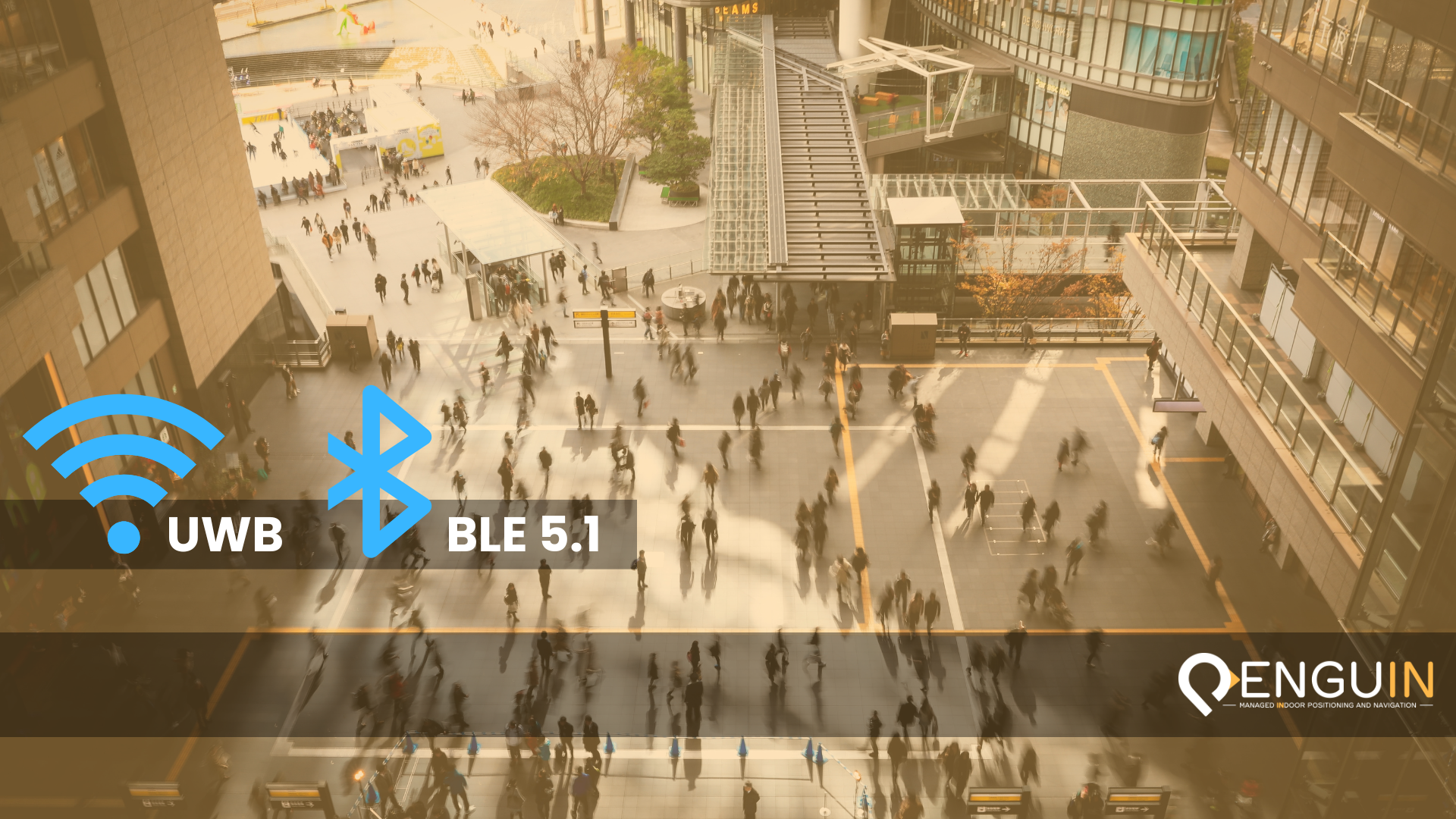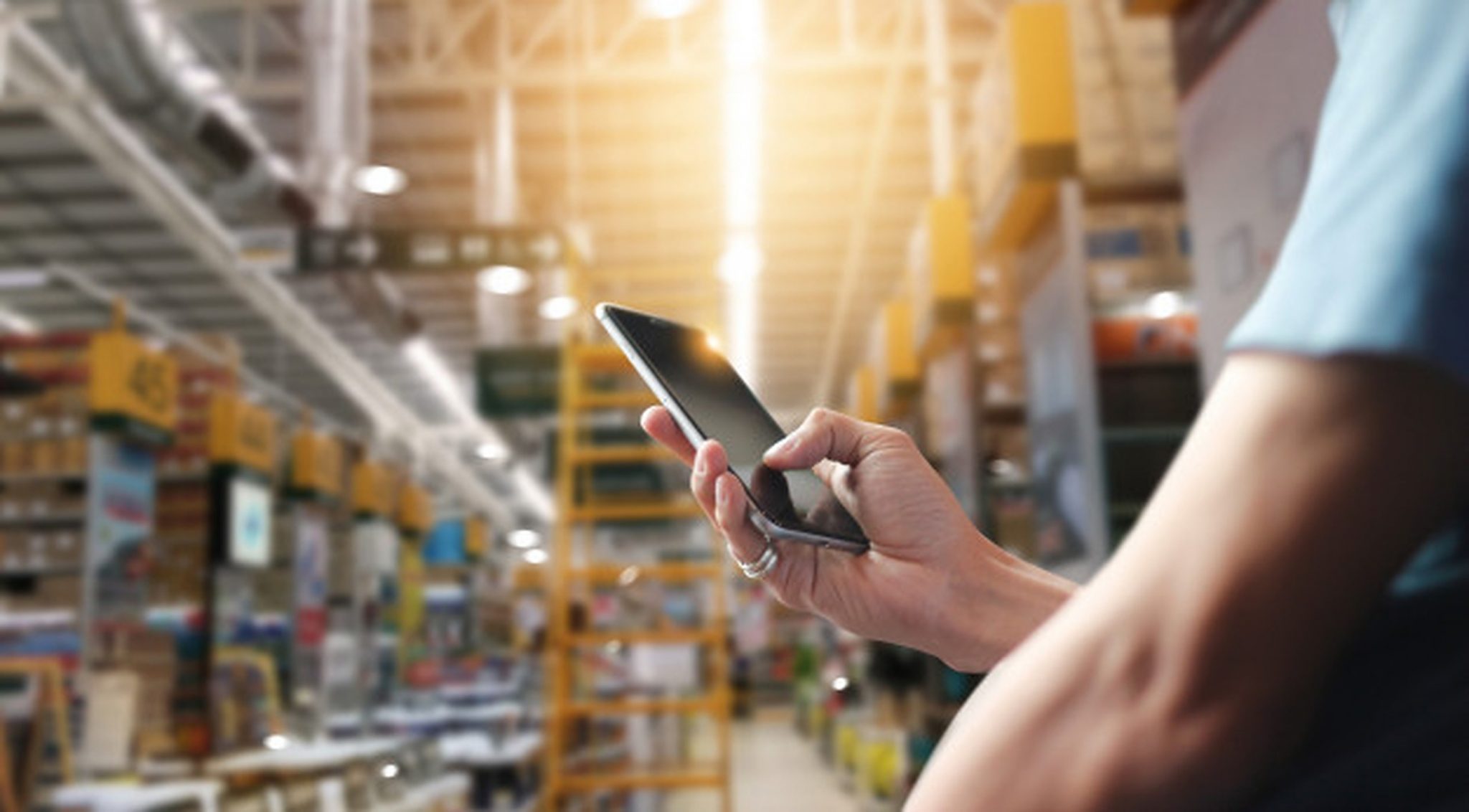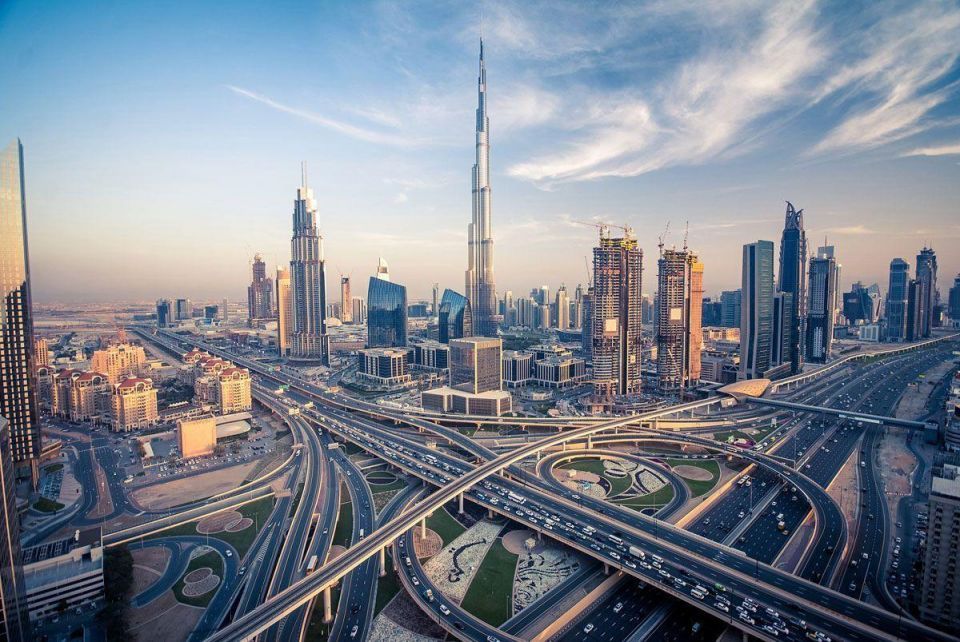Ultra-Wideband (UWB) vs Bluetooth Low Energy (BLE) 5.1 for RTLS Systems in Healthcare
In the world of indoor tracking and positioning, advanced technologies are transforming the way healthcare organizations and enterprises optimize their operations. Two leading technologies in this space are Ultra-Wideband (UWB) and Bluetooth Low Energy (BLE) 5.1.
Penguin Location Services, a leader in RTLS for healthcare, develops innovative real-time location systems that enhance asset tracking, patient flow, and staff safety. In this article, we compare UWB and BLE 5.1 for RTLS systems in healthcare, exploring how each impacts accuracy, coverage, power consumption, and ecosystem compatibility.
Understanding Ultra-Wideband (UWB)
UWB is a short-range wireless communication technology that uses low power levels across wide frequency bands. It provides highly accurate positioning, achieving sub-meter precision even in complex indoor spaces such as hospitals.
For healthcare tracking systems RTLS, UWB enables precise locationing of critical medical equipment, staff, and patients. Its resistance to interference and multipath effects makes it especially effective in busy hospital environments.
Exploring Bluetooth Low Energy (BLE) 5.1
BLE 5.1 is an advanced evolution of Bluetooth designed for low power consumption and extended range. It uses techniques like Angle of Arrival (AoA) and Angle of Departure (AoD) to improve localization accuracy.
For RTLS healthcare applications, BLE 5.1 offers cost-effective, scalable solutions for tracking assets, monitoring staff movement, and improving patient flow. BLE’s range, ease of deployment, and integration with existing infrastructure make it highly suitable for large hospital systems.
Comparing UWB and BLE 5.1 for RTLS in Healthcare
Accuracy and Precision
-
UWB provides exceptional sub-meter accuracy, ideal for surgical instrument tracking or infant protection systems.
-
BLE 5.1 has also achieved near sub-meter accuracy, making it a competitive choice for most healthcare RTLS systems.
Range and Coverage
-
BLE 5.1 supports coverage up to 300 meters, making it effective for hospital-wide deployments.
-
UWB is limited to around 100 meters but excels in dense or interference-heavy areas.
Power Consumption
-
BLE 5.1 is extremely energy-efficient, supporting long battery life for wearables and IoT sensors used in healthcare.
-
UWB consumes more power, which can limit its practicality for battery-operated hospital tags.
Interoperability and Ecosystem
-
BLE 5.1 benefits from broad adoption and compatibility with existing Bluetooth infrastructure, reducing integration costs for RTLS healthcare systems.
-
UWB adoption is growing but still requires more specialized hardware.
Conclusion
Both UWB and BLE 5.1 bring strong advantages to RTLS for healthcare. While UWB offers unmatched accuracy, BLE 5.1 provides a balance of accuracy, cost-effectiveness, and ecosystem maturity—making it ideal for scalable healthcare tracking systems RTLS.
At Penguin Location Services, we deliver intelligent RTLS solutions that leverage BLE 5.1 today while ensuring a future-ready path toward UWB adoption. Our AI-powered algorithms ensure sub-meter accuracy and workflow optimization in hospitals and healthcare environments.
If you’re looking to enhance patient safety, staff efficiency, or asset utilization through RTLS systems in healthcare, contact us at [email protected] to learn more about our BLE-based development kits, products, and services.









